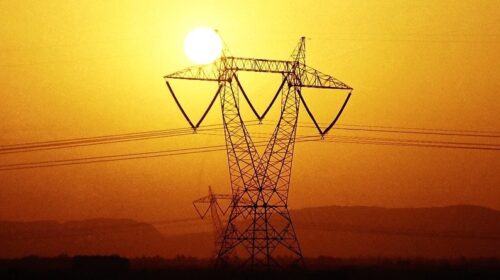The National Electric Power Regulatory Authority (Nepra) indicated on Tuesday an increase of Rs3.99 per unit in power tariff on account of fuel cost adjustment (FCA) for April 2022.
The decision would place an additional burden of Rs51 billion on the power consumers. The decision would not apply to the K-Electric consumers and the lifeline users.
A hearing was held at Nepra over a proposal to raise the tariff by Rs4.5 per unit. The Central Power Purchasing Agency (CPPA-G), while applying for the April fuel price adjustment, stated that 12.55 billion units of electricity were generated last month.
The electricity crisis has intensified in Pakistan as the shortage reached up to 7000 megawatts. As a result, according to reports, all the major cities are facing power outages of 8 to 10 hours daily.
The hearing into monthly the FCA for April 2022, which concluded on Tuesday, was presided over by Nepra Chairman Tauseef H Farooqi, while it was attended by Vice Chairman and Member Sindh Rafique Ahmed Sheikh.
Nepra calculated the increase at Rs3.99 per unit. The FCA for March had been calculated as Rs2.86 per unit, which was only for one month. The FCA for April was Rs1.13 per unit more than the FCA for March.
The FCA would be applicable for only one month and its impact would be passed on to all consumers, except the lifeline users and the K-Electric. The possible impact had been calculated at more than Rs51 billion.
The CPPA-G maintained that the actual cost remained at Rs10.6641 per unit against the reference fuel charges of Rs6.6087 per unit during April. A total of 12,960.41 GWh of electricity was generated worth Rs 132.746 billion during that period and 12,556.37 GWh of net electricity was supplied to the power distribution companies (DISCOs).
Out of total generation, 18.55% of electricity was generated from hydel, 16.74% coal, 12.07% furnace oil, 9.85% local gas, 19.42% RLNG, 17.37% nuclear and 3.59% wind.
The regulator was told that the prices of coal and furnace oil witnessed a sharp increase in the international market. Less electricity was generated through domestic gas and RLNG during that period.







